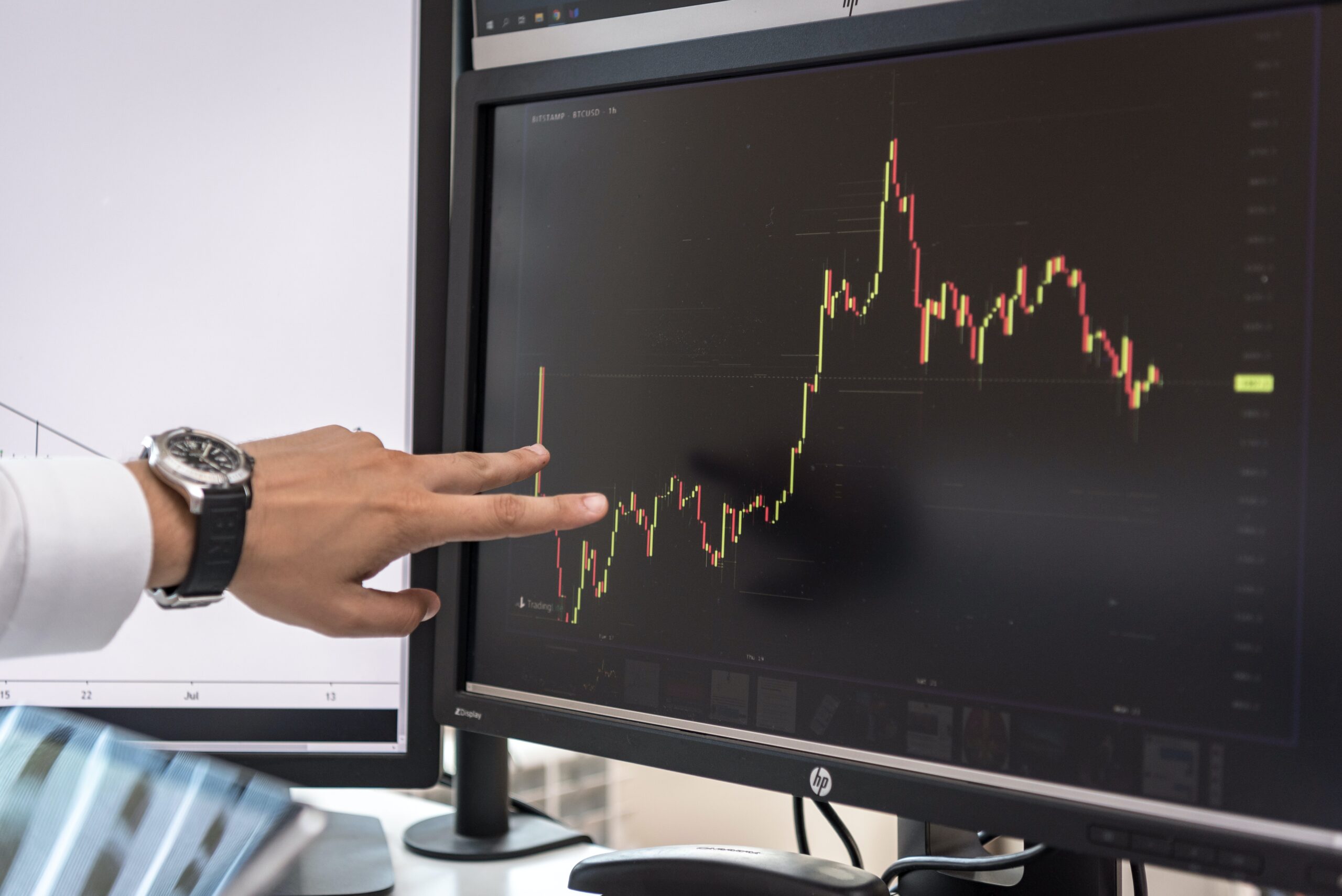
Total supply: what it means and how it affects the price of a crypto
Supply and demand are the main factors that determine the value of a cryptocurrency. The lower the supply and the greater the demand, the higher the value of a coin. For this reason it is very important to analyze the supply of the coin or token before buying it. Not all cryptocurrencies are limited to certain numbers, some are not subject to maximum thresholds and have an unlimited supply. On the other hand, there are also coins that are blocked by an individual or a company and which are then placed on the market (for example, Ripple’s XRP). The supply of a coin is one of the most important factors affecting market capitalization and is the most misinterpreted parameter by many newbies. For example, Litecoin (LTC) has a circulating supply of 55,488,387 LTC, while Bitcoin (BTC) of only 16,901,012 BTC. The supply of BTC will never be in the least close to the current one of the LTC, because the maximum supply of BTC is limited to 21,000,000. 21 million bitcoins is the maximum number of units that will ever exist.
Below, we will explain what the current, total and max supply of a cryptocurrency is:
Circulating Supply: This is the amount of coins or tokens that have been mined or generated. This is the approximate number that is currently publicly owned and circulating in the market
Total supply: is the quantity of coins already in circulation + the new coins that are not on the market. The latter is the total number of coins that currently exist, although not all are in circulation. For various reasons, there are coins that are reserved or locked and that are not sold in the public market, which does not affect the price of the coin. Normally, the total supply is equal to or greater than the current supply
Max supply: is the maximum number of coins of a cryptocurrency that will ever exist. Once a coin reaches its maximum supply there is no further supply, as this is the maximum amount that can ever be produced.
Bitcoin, the King, was launched in 2009. The system is designed to electronically mimic the characteristics of a transaction, allowing peer-to-peer (or person-to-person) transactions, without the need for a central party (such as a bank) to verify or records transactions. The Fiorino also has these characteristics, only that it is a younger coin.
A feature of the Bitcoin system is that their number increases at a predetermined rate and is limited to around 21 million. For this reason, the supply of Bitcoin has been commonly compared to that of a rare commodity, such as gold.
Il Fiorino has a Max circulating supply of 1,400,000,000 FION. This means that no Fiorino will be produced beyond that amount, and the guarantee of this is the blockchain.
Bitcoin 13 years ago, it started at a value of $ 0, and at the time of writing this article is worth $ 42,500 (it even surpassed $ 67,000 a while ago). FION is selling today for 0.20 cents … Tomorrow?
